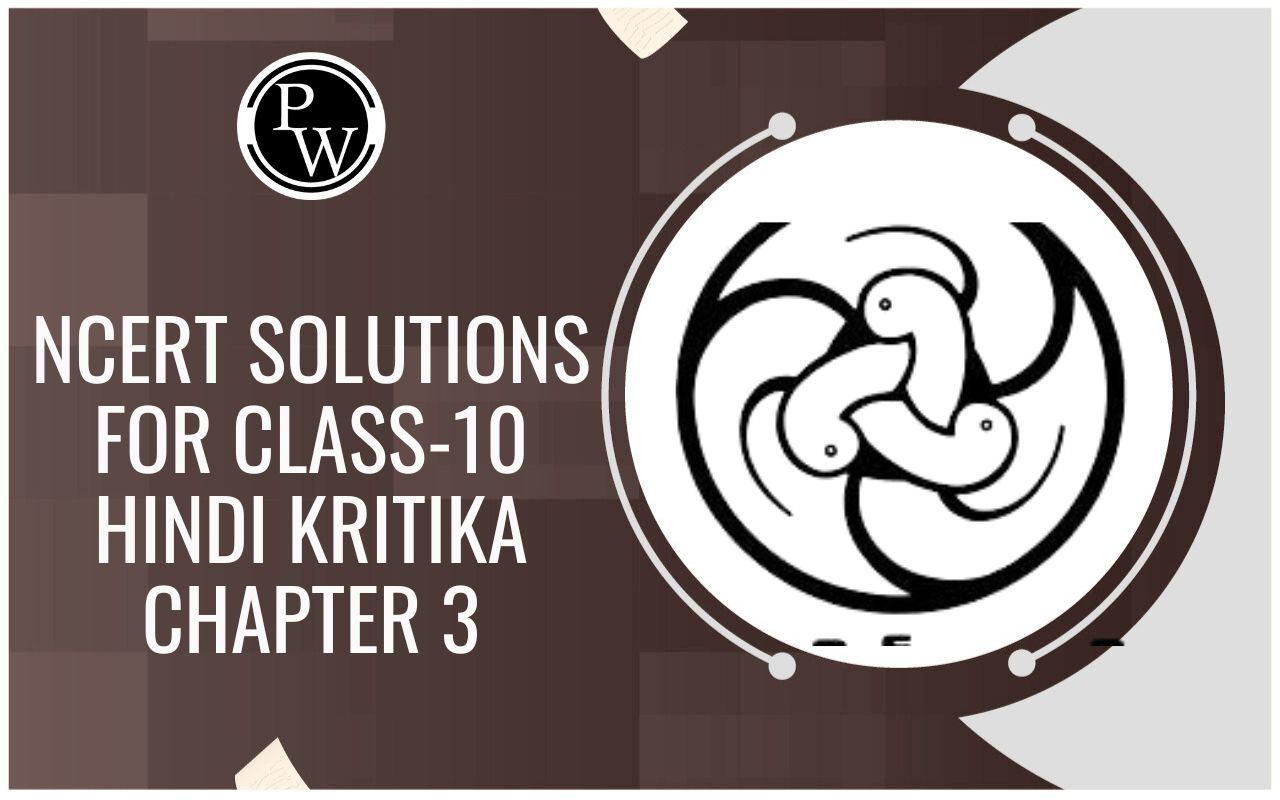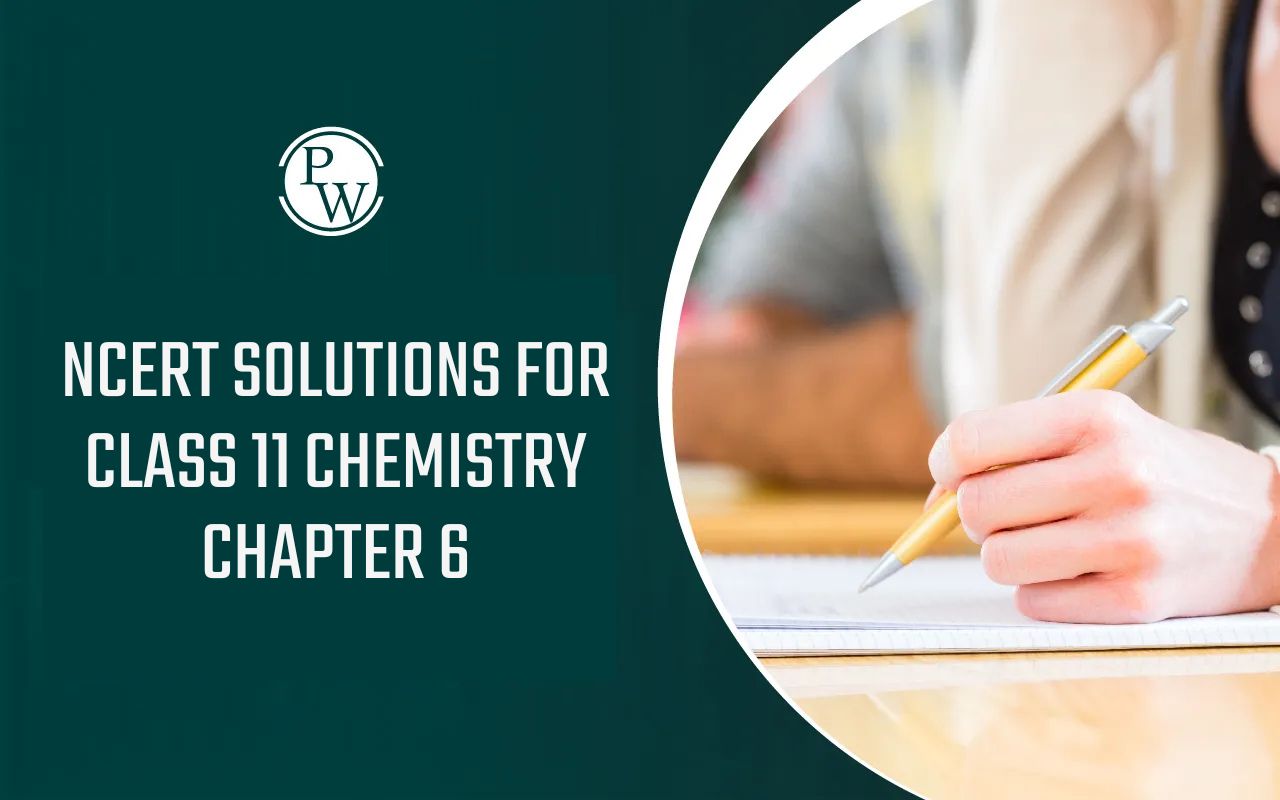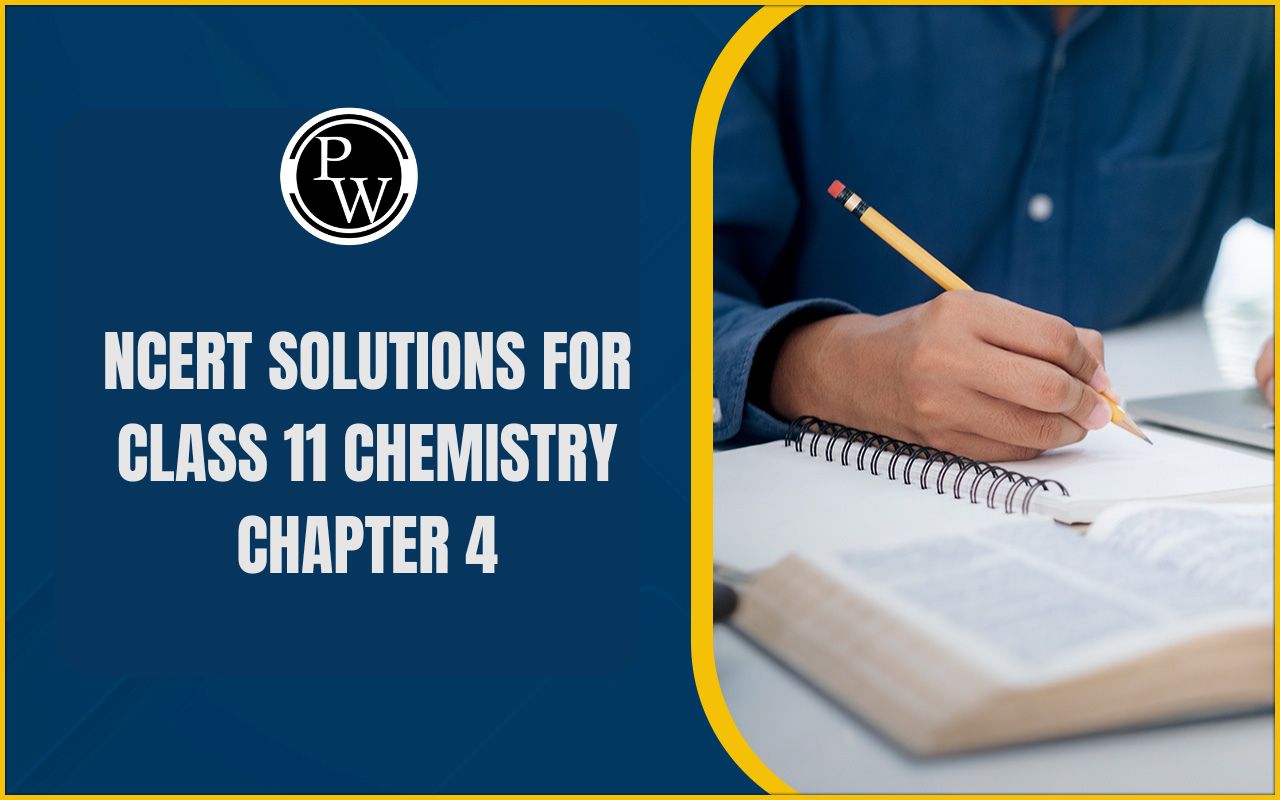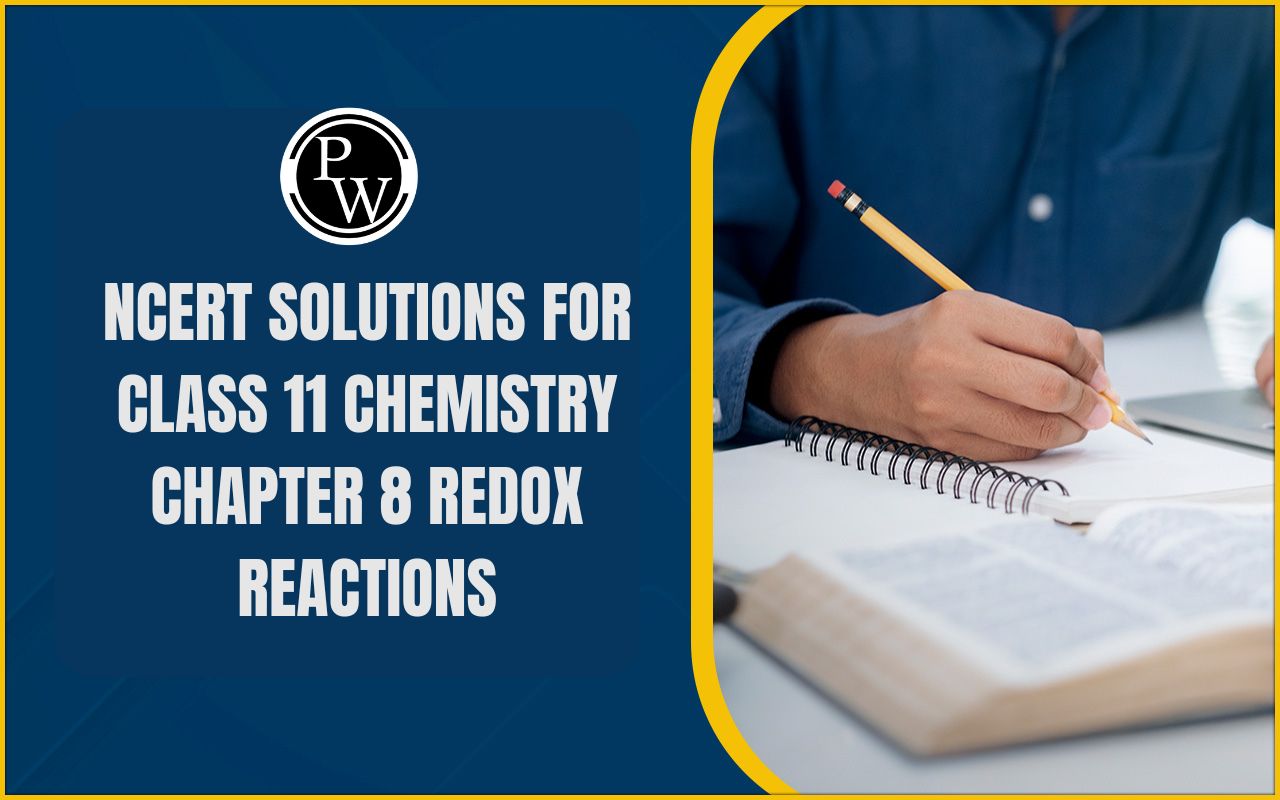
ICSE Worksheet for Chapter - 4 Basic Chemistry-Terminology and Reaction Class 8
Worksheets For class 8
Find ICSE Worksheet for chapter-4 Basic Chemistry-Terminology and Reaction class 8
- CLASS-8
- BOARD: ICSE
- Chemistry Worksheet - 4
- TOPIC: Basic Chemistry-Terminology and Reaction
- For other ICSE Worksheet for class 8 Science check out main page of Physics Wallah.
SUMMARY –
- Symbols: definition, representation by John Dalton and Berzelius.
- Meaning of symbol, radicals, valency, variablevalency.
- Molecular formula, chemical equation and its balancing.
- Main types of chemical equations –
- Direct combination.
- Decomposition.
- Single displacement.
- Double decomposition.
- Reversible.
- Catalytic.
- Exothermic and endothermic.
- Oxidation and reduction.
SECTION – 1
-
Write the chemical names of the following compounds :
- Ca₃(PO₄)₂
- K₂CO₃
- KMnO₄
- K 2 Cr 2 O 7
- Mg(HCO₃)₂ F) Pb(NO 3 ) 2
- BaSO 4 H) Ag₂O
- (CH₃COO)₂Pb J) CaC 2
-
Write the basic and acidic radicals of these compounds and then write the chemical formula.
- Barium sulphate
- Ammonium nitrate
- Calcium bromide
- Chromium sulphate
- Ferrous sulphide
- Calcium phosphate
- Potassium iodide
- Stannic oxide
- Calcium silicate
- Sodium zincate
-
Balance the following equation :
- Fe + H₂O → Fe₃O₄ + H₂
- Ca + N₂ → Ca₃N₂
- Zn + KOH → K₂ZnO₂ + H₂
- Fe₂O₃ + CO → Fe + CO₂
- PbO + NH₃ → Pb + H₂O + N₂
- Pb₃O₄ → PbO + O₂
- PbS + O₂ → PbO + SO₂
- S + H₂SO₄ → SO₂ + H₂O
- S + HNO₃ → H₂SO₄ + NO₂ + H₂O
- MnO₂ + HCl → MnCl₂ + H₂O + Cl₂
- C + H₂SO₄ → CO₂ + H₂O + SO₂
-
Write the balanced chemical equation of the following reactions.
- Sodium hydroxide + sulphuric acid → sodium sulphate + water
- Potassium bicarbonate + sulphuric acid → potassium sulphate + carbon dioxide + water
- Iron + sulphuric acid → ferrous sulphate + hydrogen
- Chlorine + sulphur dioxide + water → sulphuric acid + hydrogen chloride
- Silver nitrate → silver + nitrogen dioxide + oxygen
- Copper + nitric acid → copper nitrate + nitric oxide + water
- Ammonia + oxygen → nitric oxide + water
- Barium chloride + sulphuric acid → barium sulphate + hydrochloric acid
- Zinc sulphide + oxygen → zinc oxide + sulphur dioxide
- Aluminium carbide + water → Aluminium hydroxide + methane
SECTION -2
- What is a symbol ? What information does it convey ?
-
Sodium chloride reacts with silver nitrate to produce silver chloride and sodium nitrate
- Write the equation.
- Check whether it is balanced, if not balance it.
- Find the weights of reactants and products.
- What information can be drawn by the above ?
-
- What are poly-atomic ions ? Give two examples.
- Name the fundamental law which is involved in every equation.
- Explain the meaning of the term ‘reversible reactions’. Give three different reversible reactions with conditions in which two gases combine to give a gaseous product.
-
The following reaction :
<
Cl 2 +H 2 S à2HCl + S Is a redox reaction. Give reason why ? - What is a catalyst ? Give two examples of catalytic reactions.
🔥 Trending Blogs
Talk to a counsellorHave doubts? Our support team will be happy to assist you!

Check out these Related Articles
Free Learning Resources
PW Books
Notes (Class 10-12)
PW Study Materials
Notes (Class 6-9)
Ncert Solutions
Govt Exams
Class 6th to 12th Online Courses
Govt Job Exams Courses
UPSC Coaching
Defence Exam Coaching
Gate Exam Coaching
Other Exams
Know about Physics Wallah
Physics Wallah is an Indian edtech platform that provides accessible & comprehensive learning experiences to students from Class 6th to postgraduate level. We also provide extensive NCERT solutions, sample paper, NEET, JEE Mains, BITSAT previous year papers & more such resources to students. Physics Wallah also caters to over 3.5 million registered students and over 78 lakh+ Youtube subscribers with 4.8 rating on its app.
We Stand Out because
We provide students with intensive courses with India’s qualified & experienced faculties & mentors. PW strives to make the learning experience comprehensive and accessible for students of all sections of society. We believe in empowering every single student who couldn't dream of a good career in engineering and medical field earlier.
Our Key Focus Areas
Physics Wallah's main focus is to make the learning experience as economical as possible for all students. With our affordable courses like Lakshya, Udaan and Arjuna and many others, we have been able to provide a platform for lakhs of aspirants. From providing Chemistry, Maths, Physics formula to giving e-books of eminent authors like RD Sharma, RS Aggarwal and Lakhmir Singh, PW focuses on every single student's need for preparation.
What Makes Us Different
Physics Wallah strives to develop a comprehensive pedagogical structure for students, where they get a state-of-the-art learning experience with study material and resources. Apart from catering students preparing for JEE Mains and NEET, PW also provides study material for each state board like Uttar Pradesh, Bihar, and others
Copyright © 2025 Physicswallah Limited All rights reserved.






